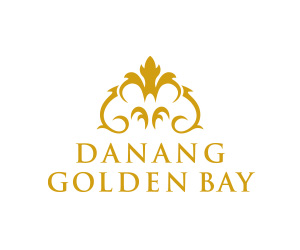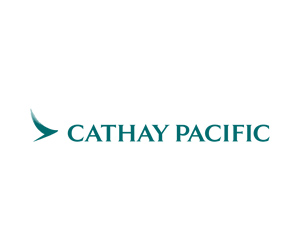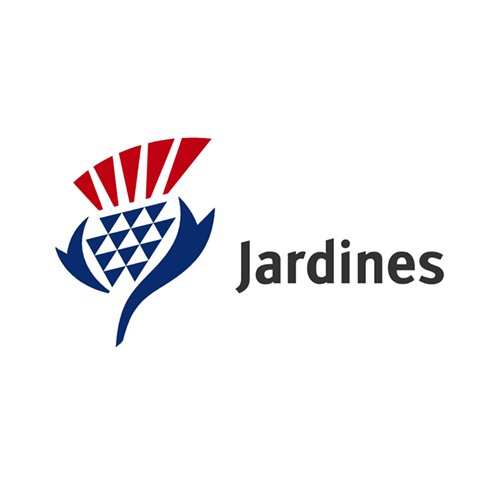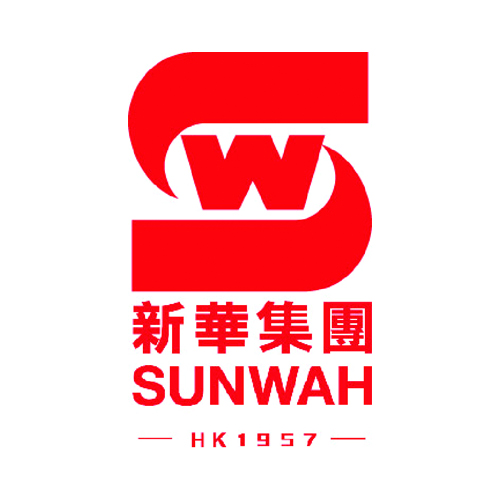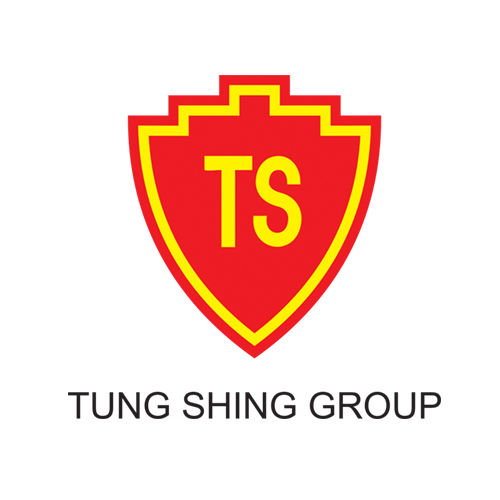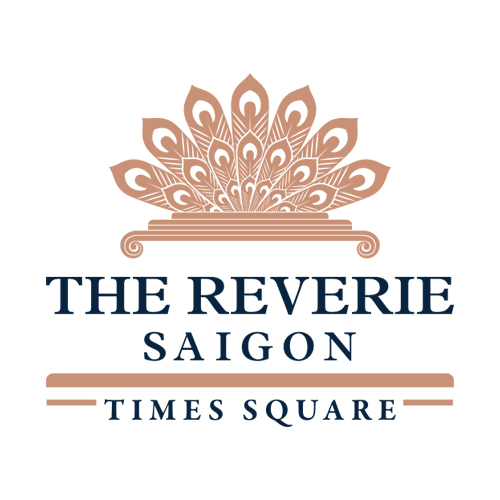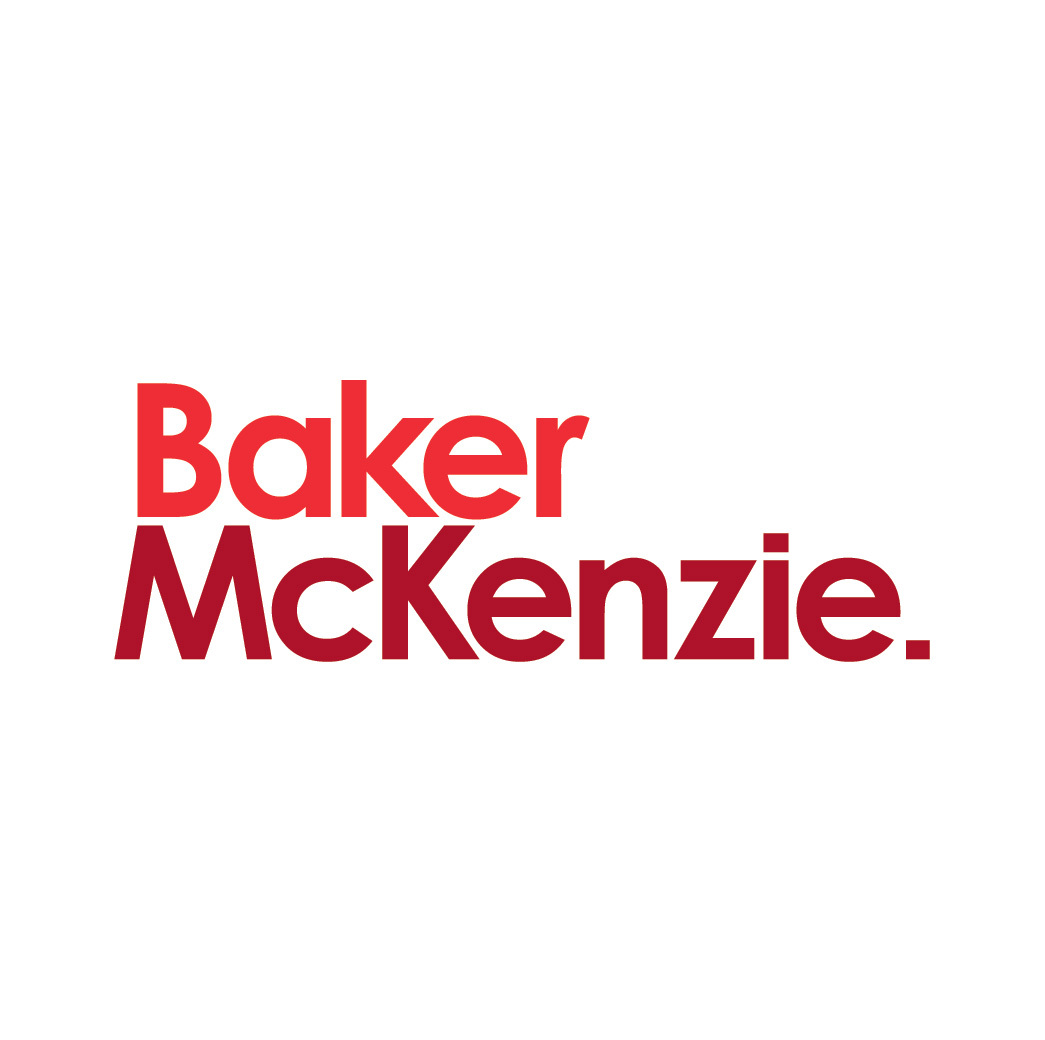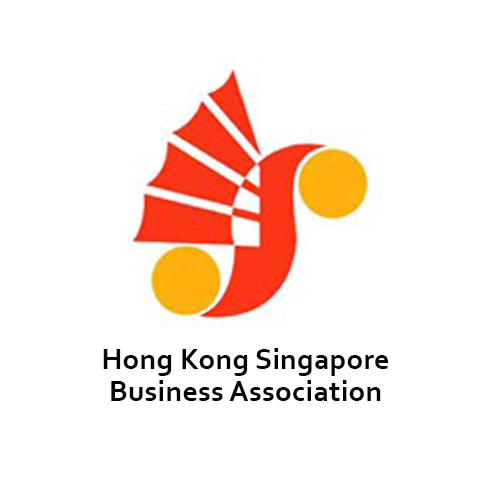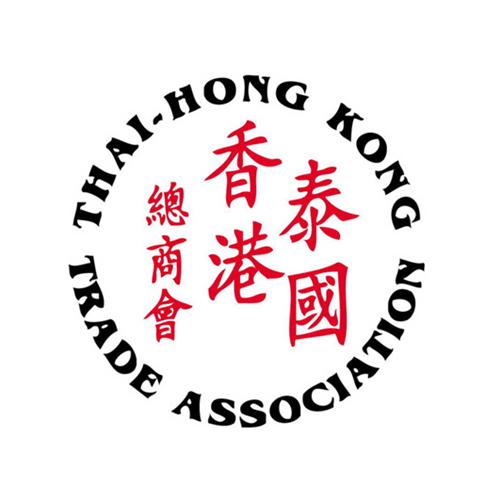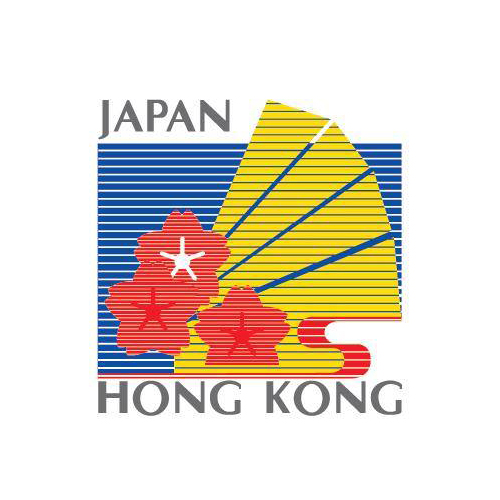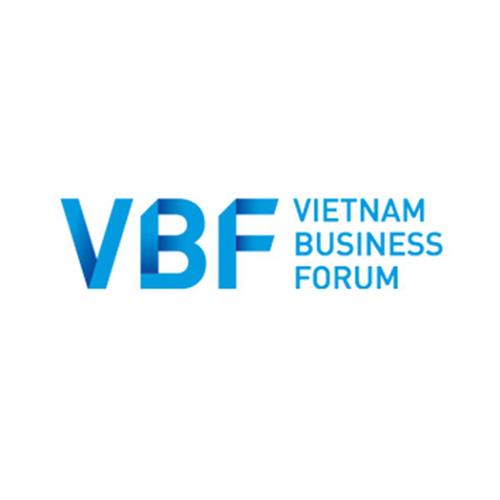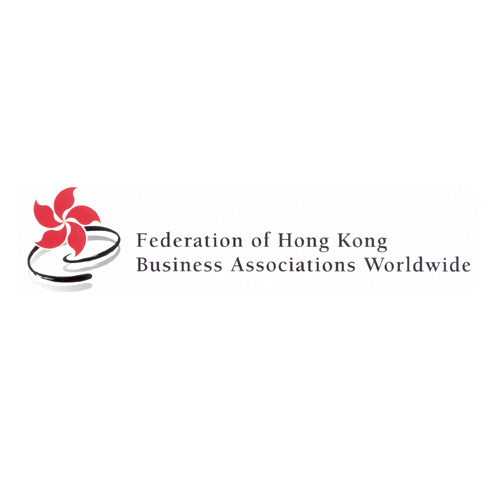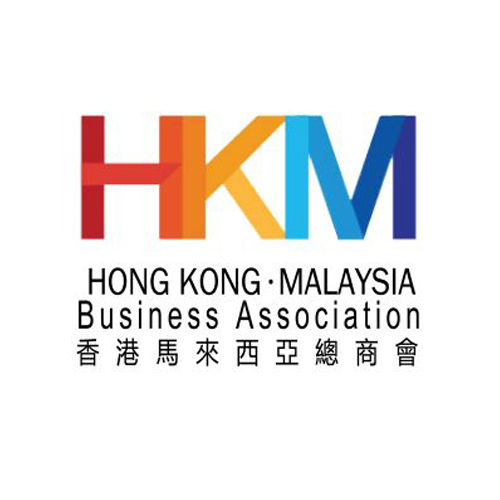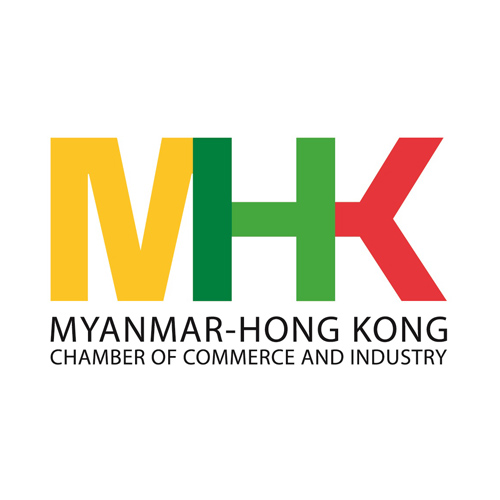Want to be in the loop?
subscribe to
our notification
Business News
COVID-19 PANDEMIC CHALLENGES GARMENT AND TEXTILE BUSINESSES
Many Vietnamese garment and textile businesses have received notices from their US and EU partners that they will temporarily stop receiving goods for three weeks to one month.
According to Phạm Xuân Hồng, Chairman of the HCM City Association of Garment Textile Embroidery and Knitting, customers said they needed to stop receiving goods due to the rapid spread of COVID-19 in the US and EU, prompting governments to declare states of emergency and tighten border controls.
“They asked Vietnamese businesses to suspend orders, including those being transported until borders are reopened,” Hồng said.
He said the US and EU are two important textile export markets of Việt Nam. Half of all textile exports from HCM City go to the US, while the EU accounts for 15-18 per cent of annual exports.
“Partners in these markets announced the suspension of receiving goods, meaning that nearly two-thirds of the market of textiles and garments narrowed,” Hồng added.
Chairman of Việt Thắng Jean Co., Ltd Phạm Văn Việt, said evidence from China can be used to estimate that it will take at least two months in the US and EU to control the pandemic. When life becomes stable and the retail industry restarts, import businesses will reopen warehouses and import goods for distribution.
As for Việt Thắng Jean, Việt said the US accounts for 30-35 per cent and the EU for 20 per cent of the company's total export turnover.
“Our products are seasonal fashion products. Imported materials were prepared six months ago. At this time when the partners announced that they would stop imports, meaning all the materials prepared for sale this summer must move to next year, making them unfashionable. About 40 per cent of existing fabrics will be abandoned or sold at low prices,” he said.
In addition, Việt said suddenly stopping imports forced enterprises to store many containers of products which were on the way to US and EU ports.
“This makes businesses spend a lot of additional expenses, while its cash flow is ‘frozen’.”
He said the most urgent problem for textile enterprises is not the delivery of orders but how to protect workers.
"Textiles is one of the industries using the highest number of workers, most of them are unable to switch to other jobs in the current situation. Therefore, maintaining employment and income for workers is not only a vital business problem but also a great impact on society,” Việt said.
“If enterprises let workers go, where will hundreds of thousands of workers go? What will businesses do to recruit workers to recover production when the pandemic is controlled? Such questions are not yet answered," Việt added.
Textile enterprises have proposed the Government quickly disburse approved economic stimulus packages, and consider partial use of the unemployment insurance fund and social insurance fund to help businesses continue paying their workers.
They also hope the Ministry of Finance and the banking system will lower interest rates or give interest-free loans, which could be used to pay workers until production activities and trade return to normal.
Embassy support
Ambassador of Việt Nam to US Hà Kim Ngọc said the US government has not announced a policy to suspend imports of Vietnamese garment and textile products.
Ngọc said the embassy has spoken with the relevant American agencies to dismiss false rumours that the US had suspended imports of Việt Nam’s garment and textile products.
He said due to the complex developments of the COVID-19 pandemic, a decline in trade activities, including the textile sector, was inevitable.
“In order to comply with the US government’s direction to the prevention of COVID-19, many businesses and large retailers such as Macy's, TJ Maxx, Walmart and Target have announced temporary closure or reduction of the opening time of stores until the end of this month,” Ngọc said.
“With the economy facing more difficulties, decreased purchasing demand of US consumers will also affect the import of products. Therefore, if the pandemic lasts for a long time, our exports of goods will be affected,” he added.
In this difficult context, Ngọc said that businesses need to be very calm while continuing to take every opportunity to maintain production and exports.
The US is a large market for Việt Nam’s garment and textile industry. In 2019, the country’s export to the US reached nearly US$15 billion, about 45 per cent of total garment and textile export turnover.
In the first two months of this year, garment and textile exports to the US hit $2.25 billion, up 5.3 per cent year-on-year, accounting for nearly 48 per cent of the country's total textile export value.
Ngọc said the embassy will continue to discuss with local authorities to support Vietnamese businesses.
“When the COVID-19 pandemic is controlled, the market demand will recover and this will be a good opportunity for Vietnamese businesses to boost exports to foreign countries, including the US,” he said.
Source: VNS
Related News

GOLDEN DEAL, KNOCK-DOWN OFFER
Are you ready for a fun-filled family vacation. Don't miss the super attractive Family Staycation package at Becamex Hotel. 2 days 1 night package with full amenities and free activities: Buffet breakfast, Swimming, tennis, bicycle, gym, sauna, cool ice cream, 300.000 VND service voucher and many other offers! Contact now for detailed advice.

"BEARY CHRISTMAS" CHARITY PROGRAM
As the Festive Season approaches, Caravelle Saigon, in collaboration with VinaCapital Foundation (VCF), is bringing a heartwarming charitable initiative to life — and we are delighted to invite all HKBAV members to take part in the very first “Beary Christmas” Charity Program. By adopting a Caravelle Bear for VND 299,000 nett, you will be directly supporting children battling cancer in Vietnam through VCF’s Can-Care/Can-Clover Program.
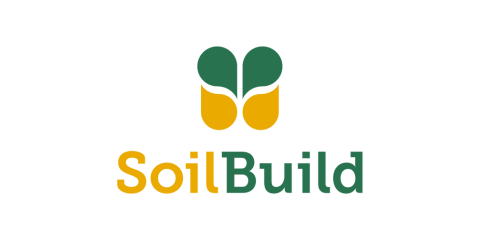
SOILBUILD INTERNATIONAL WINS “BEST INDUSTRIAL DEVELOPMENT” AWARD FOR SPECTRUM NGHE AN AT THE PROPERTYGURU VIETNAM PROPERTY AWARDS 2025
Soilbuild International is pleased to announce that its project, Spectrum Nghe An, has been awarded Best Industrial Development at the PropertyGuru Vietnam Property Awards 2025, held on 24th of October 2025, in Ho Chi Minh City. The PropertyGuru Vietnam Property Awards is part of the prestigious PropertyGuru Asia Property Awards series, the largest and most respected real estate awards programme in Asia.
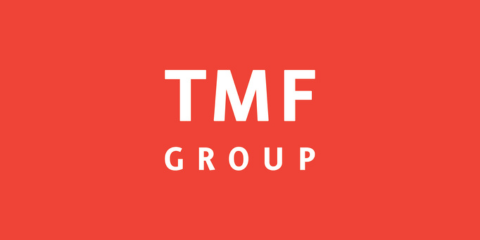
WEBINAR: 2025 VIETNAM KEY TAX FINALISATION, UPDATES ON TAX CHANGES AND GLOBAL MINIMUM TAX
Dear Valued Client,We would like to invite you to our webinars on Friday, 12 December 2025, and Tuesday, 16 December 2025, to review and learn about key 2025 tax finalisation topics and stay ahead with the latest tax changes.
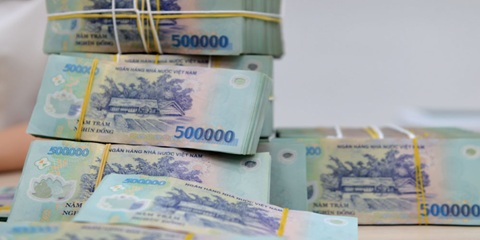
NEW ECONOMIC POLICIES EFFECTIVE THIS DECEMBER
Government Decree 304/2025, effective December 1, sets stricter conditions for seizing collateral, especially assets that are a borrower’s sole residence or essential work tools. In such cases, lenders must set aside a compensation amount equivalent to six to twelve months of minimum wage. The measure aims to improve transparency in bad debt handling and reduce credit risk in the banking system.

QUANG NINH TARGETS VND58 TRILLION IN TOURISM REVENUE
Quang Ninh Province is aiming to generate VND58 trillion in tourism revenue this year after surpassing its goal of 21 million visitors, driven by new tourism products, expanded nighttime activities, and large-scale events. As of mid-November 2025, Quang Ninh had welcomed 21.28 million visitors, up 12% year-on-year. Tourism revenue reached at least VND57 trillion, a 22.46% increase from the same period last year. With its visitor target achieved, the province is now pushing toward its revenue goal of VND58 trillion.


